Whether driven by need, imperative or because it is the right thing to do, Logistics is slowly moving forward on being a sustainable partner.
Some people may disagree with the term “slow”, especially if you look at it from the last couple of years as strategy is driven by Net Zero agreements and the unsustainability of relying on a limited number of sources for Oil. The capability of logistics is tremendous though. The work put in daily is underappreciated yet is a constant example of hard work and ingenuity.
Unfortunately, we have never been the most progressive in terms of sustainability. This is a 20-year journey that has only become a serious opportunity in the last couple of years.
- Dirty Fuels: Whether by plane, sea, road or rail, cargo movement is one of the most significant emissions releases. It is inherent in the product that the Logistics world sells.
- Kg v CO2 footprint: The movement of cargo, when based on the weight being shipped, is very inefficient.
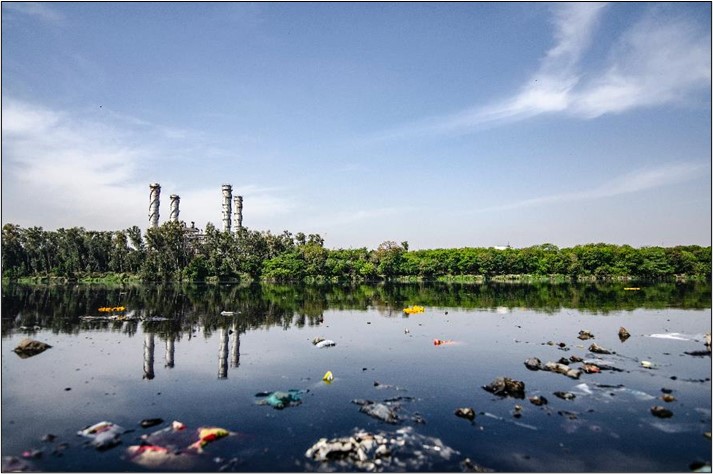

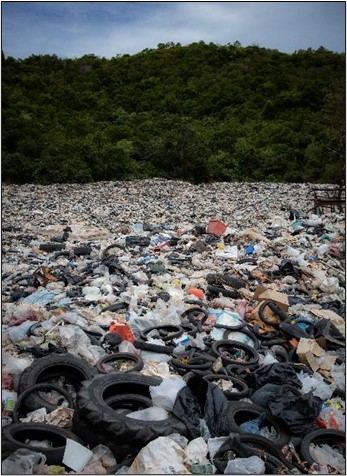
The focus has always been on
- Price: Low-cost shipping at the sacrifice of sustainable methods
- Delivery promises: Freight forwarders and carriers work to maintain competitiveness, they will always keep over-promising as this is what the clients want (do we need next day delivery for everything?), which sacrifices optimisation over “let’s get it moving.”
I could argue that part of the slow uptake of sustainable logistics is because there hasn’t been an actual demand for it. Again, this may raise some questions, but ask yourself what you look for when buying (do the eyes go straight to the price and then the reviews, how many look for the CO2 footprint)
“For any change to be real, it needs to be needed.” (Me, honestly)
This is not just a Logistics problem to solve but a change in global buying powers. It could be argued that a monster has been created with the ability to provide faster and cheaper shipping options. This is true in today’s world, although prices have risen. We seem to be overlooking the realities of shipping. It’s not cheap to buy a plane, boat, truck or train. Or to build the infrastructure that has been the backbone of “cheap” shipping for years.
For the last 20 years, companies looking to compete in freight have raced to the bottom in pricing. I remember in the good old time when the carriers used to pay us if I wanted to ship from Europe to China.
As pricing wars are necessary to compete, they are driven by the consumer. Procurement strategies have evolved, so “auction” style events are the main trigger to winning business. The only way to win was by entering the lowest price possible.
I have seen many of these online auction tools, which have allowed many companies to make actual savings. Yet they are limited in how the sustainability parts of the solution are weighted in the “best” price comparisons. And it’s more likely that they are not even considered.
This, though, doesn’t let the service providers off the hook. If you keep giving the client what they think they want. Then you are accountable for the situation that you will eventually find yourself in. There is always the argument that margins are so low that the level of investment and capital required to make any meaningful changes is limited.
- Replacing an entire diesel-powered fleet of trucks with electric.
- Solar-powered warehouses.
- IT systems to manage route and load optimisation.
I will finally come back to my slow comment. If you look only at a small window in time, you could defend some of this thinking. However, a slightly different pattern emerges when you push the view to the last 20 or 30 years. We are witnessing this as carriers and freight forwarders re-invest their current high profits into buying up companies to support their ability to deliver and provide value to the clients.
It is a consistent cycle of acquisitions and sales that plays out quite often over the years yet does raise a question. For example, if there was money to buy an airline, maybe there was money to re-invest in sustainable logistics to make it cheaper.
Because that is the rub, it is not yet cheap enough to be sustainable or efficient enough that companies can rely on performance.
Time is required to achieve both.
The current world of shipping is both cheap (yes, it is) and efficient. Most shipments are delivered on time, but the delays mask the success. It has taken time and development to achieve the current performance. Maybe the same is possible for sustainable shipping.
So far, I have managed to write quite a lot without going into details about what Sustainable Logistics looks like
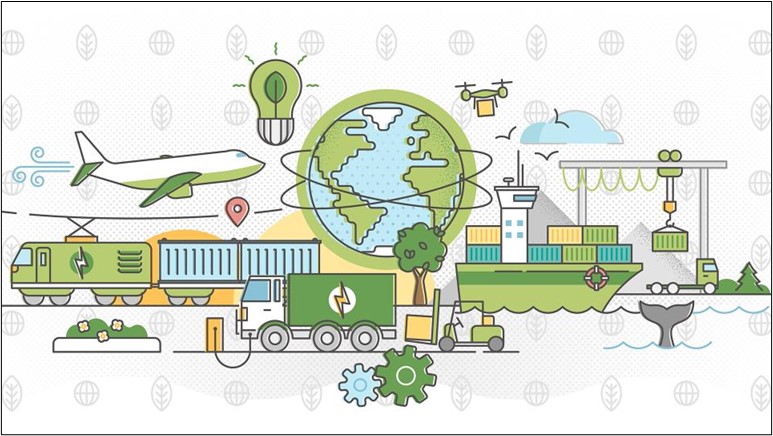
- Better Fuels types
- Sustainable Energy
- Max load or reduced number of moves
- IT Systems
- Automation – Reduce human element
- Reduce packaging
These are all great examples of how a logistics chain (and your Supply Chains) can be built to leverage sustainable shipping. Honestly, I didn’t forget that, for me, these are only elements of what successful and sustainable logistics can be. They are tools to help you deliver what you promise, but they are not the drivers on their own.
A Sustainable Plan
Companies that are looking for a sustainable model need to move away from a “Logistics issue” to how we can embrace it as an opportunity as a company.
Cheap v Cost effective: If we are constantly driving towards the lowest price now (and cheap isn’t always cheap), then we will not achieve cost-effective. There is a future where sustainability can create massive cost savings, but it requires investment at the country and company levels.
Re-prioritising our priorities:
I would argue this is even more of a driver of change if companies were willing to re-prioritise their values. We have confused speed with consistency in the race to success. Although there is a truism of being “first to market”. There is a grey area in what that means, and just shipping it is not the same.
Communication: Consumers are becoming more sophisticated in buying behaviours and choosing sustainable options. Wouldn’t it be a selling point if your logistics were a force for good in your sustainable promises?
I am optimistic about the potential for sustainable logistics, and I believe we are closer than we think. There is a lot of work in front of us, however I don’t want this to be a doom and gloom post, companies are starting to take a more serious view on this so the aim now is how can we start getting more traction to make this a normal part of business….
Reverse Logistics
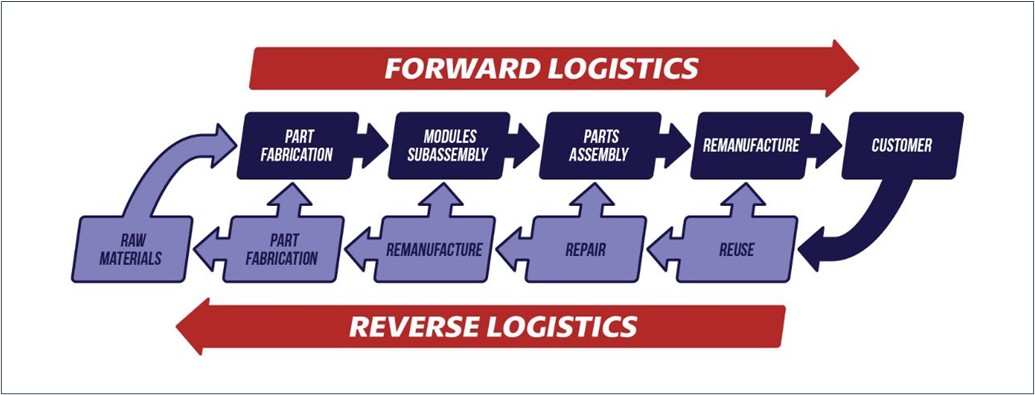
I recently wrote about reverse logistics as the key to sustainability (have a read here). It captures the key elements of what it means to be sustainable, and it has matured enough to be moving towards competitive and effective.
Yet, it is not driven by one solution or template. This gives it the strength to meet companies’ specific needs.
- Accountability for their products through the complete life cycle.
- Recognise that there is other value that they can meet with the life cycle.
- Understanding the details of their business and what the clients need
- Achieving more with less.
Isn’t this what sustainability in Logistics is about? Because really, it’s about sustainability in the business. Being a force for good whilst still delivering value to the consumers and shareholders.
It’s not a Logistics problem to solve or Supply Chain or Engineering, etc., it’s not even a problem. Instead, it’s an opportunity to add more value.
But, (isn’t there always a but) it does take effort and money. Change is not free or without risk. It’s not something that you can delegate or outsource (hmmm, hopefully, some of it otherwise, what am I doing)
It requires due diligence and understanding of your business, a change in your decision-making process, and patience while you go on the journey.
However, tangible benefits are attainable quite quickly (have a read here). The overall cost reduction is based on getting more value from your actions.
You will always get the same answer if you ask the same questions.
There are a lot of companies asking different questions and having a better impact on our world, this is the only future that is real.
If you want to do further research, look at some of these companies/initiatives that are trying to make a difference today. I have no link to them in any way; just interested in what they are trying to achieve.

Building a sustainable Logistics – Achieving success with sustainability
Whether driven by need, imperative or because it is the right thing to do, Logistics is slowly moving forward on being a sustainable partner. Some
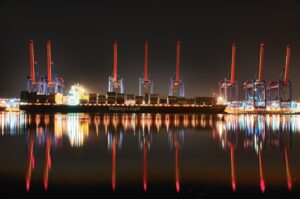
Risk in Logistics delivers Reward: Building success with Incoterms
Take a risk. It’s the only way to keep moving life forward. Probably a reckless thought, especially as we overcome some very challenging times, but
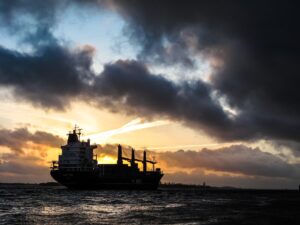
Successful movement from Myanmar;
I have travelled the world doing “Logistics”, experienced some unique places, and met some fantastic people. Yet one of the most memorable was the chance
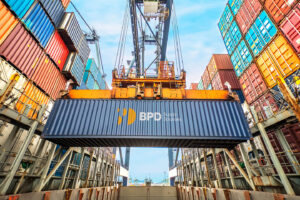
Building a better Project with Logistics
So, what’s a project? The challenge for logistics is that, at its most basic, every shipment and movement is a project. It has a start
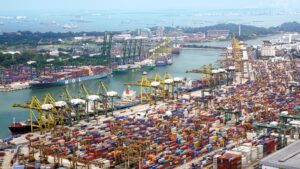
Logistics Challenges: Road to Growth
Suppose I asked the question what are your Logistics Challenges? To a room full of operational people like project managers and engineers. I am sure
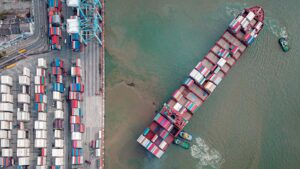
Successful Delivery To Burkina Faso
A very exciting project as it was a total door-to-door solution that had everything you needed to keep you on your toes. The expectation was

